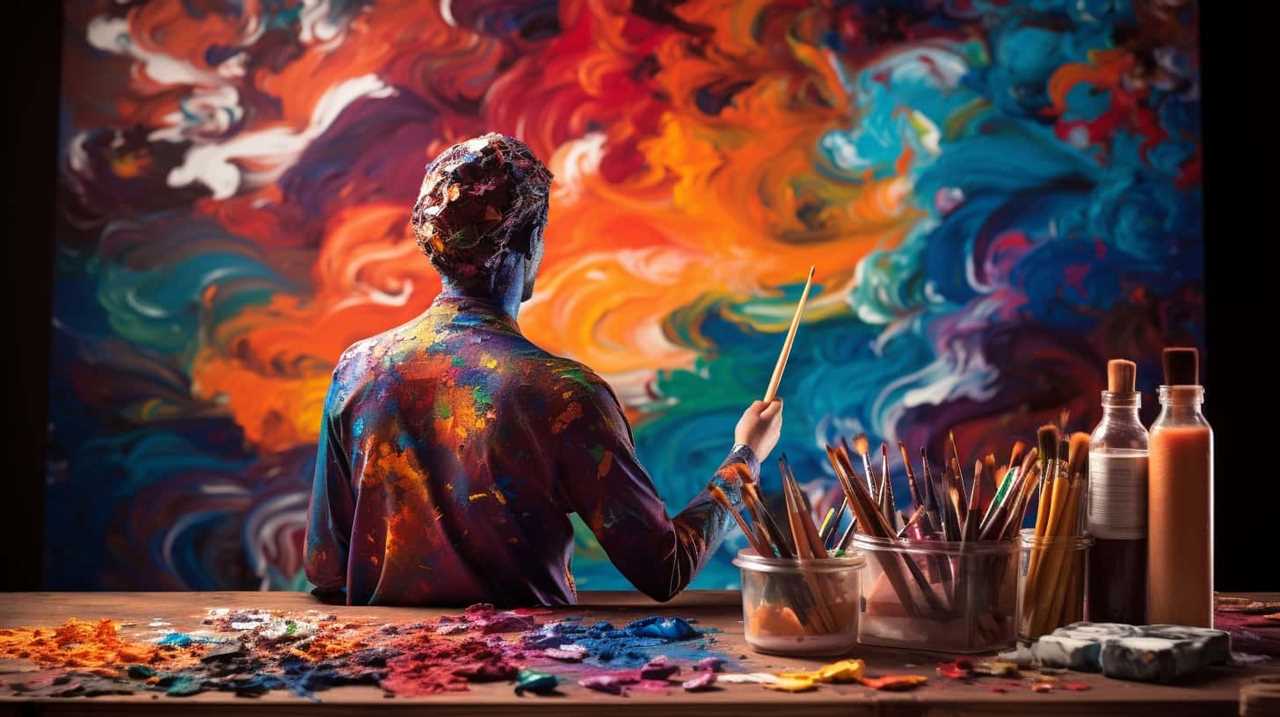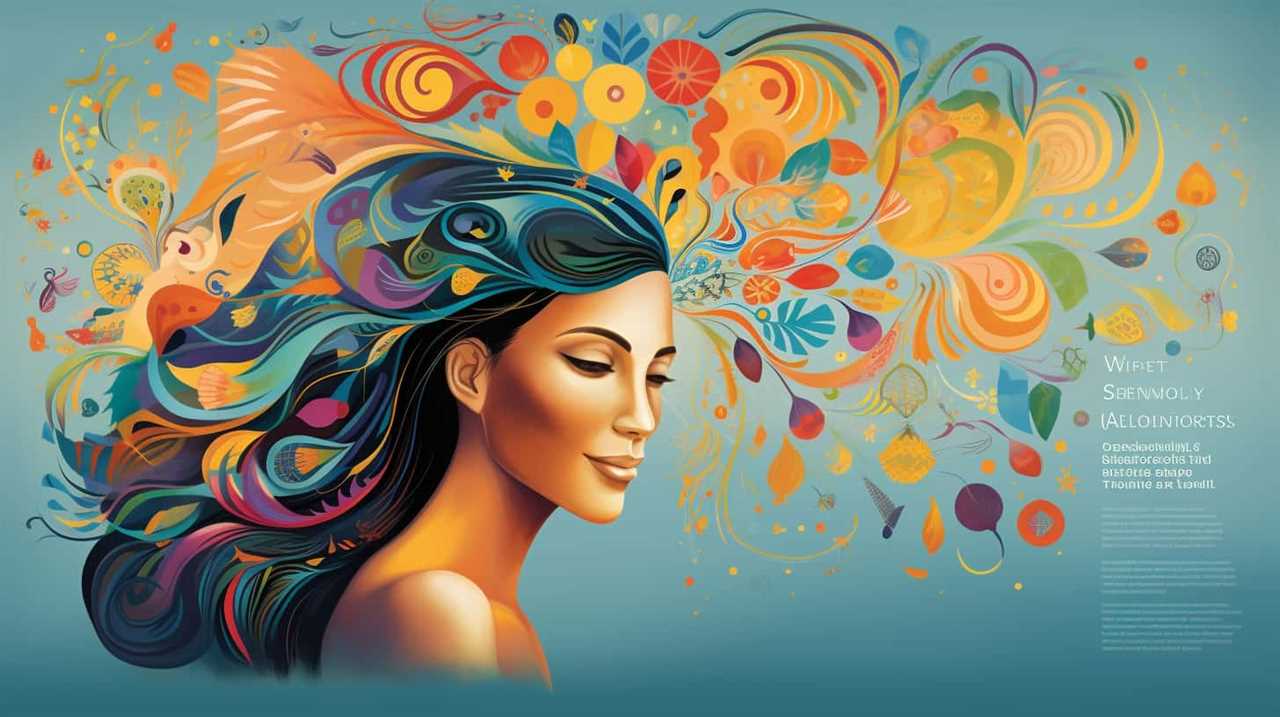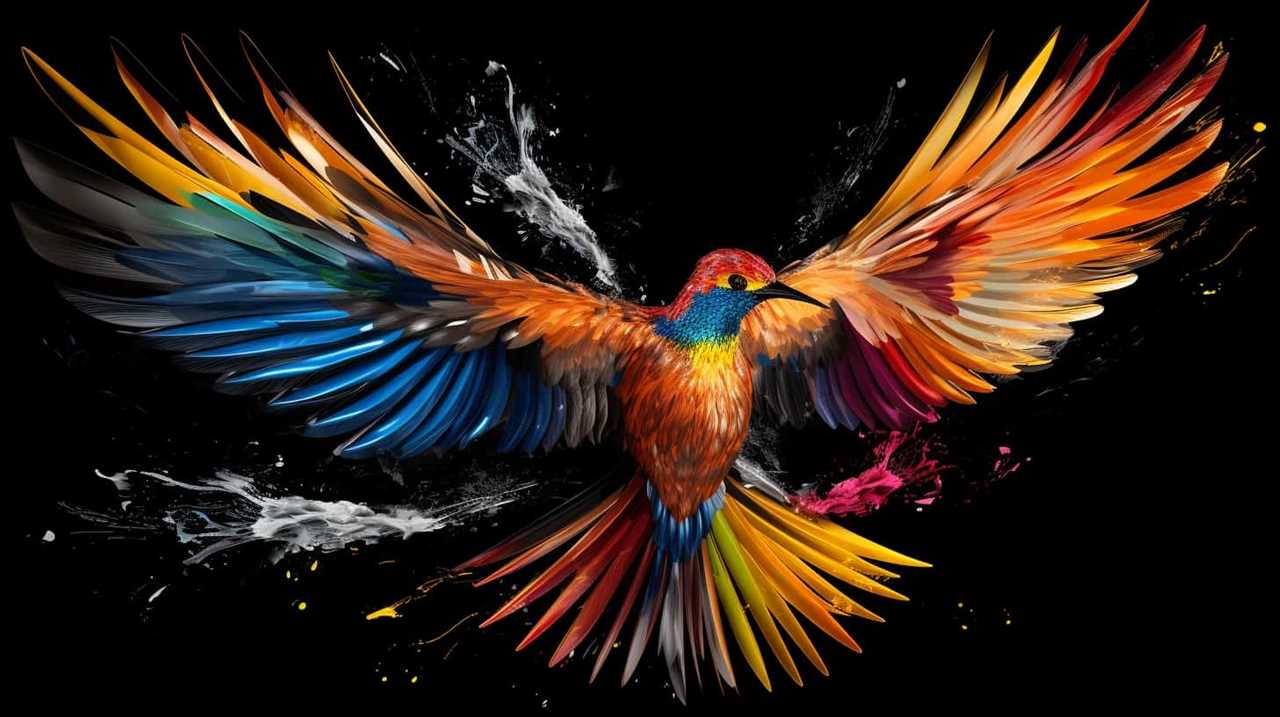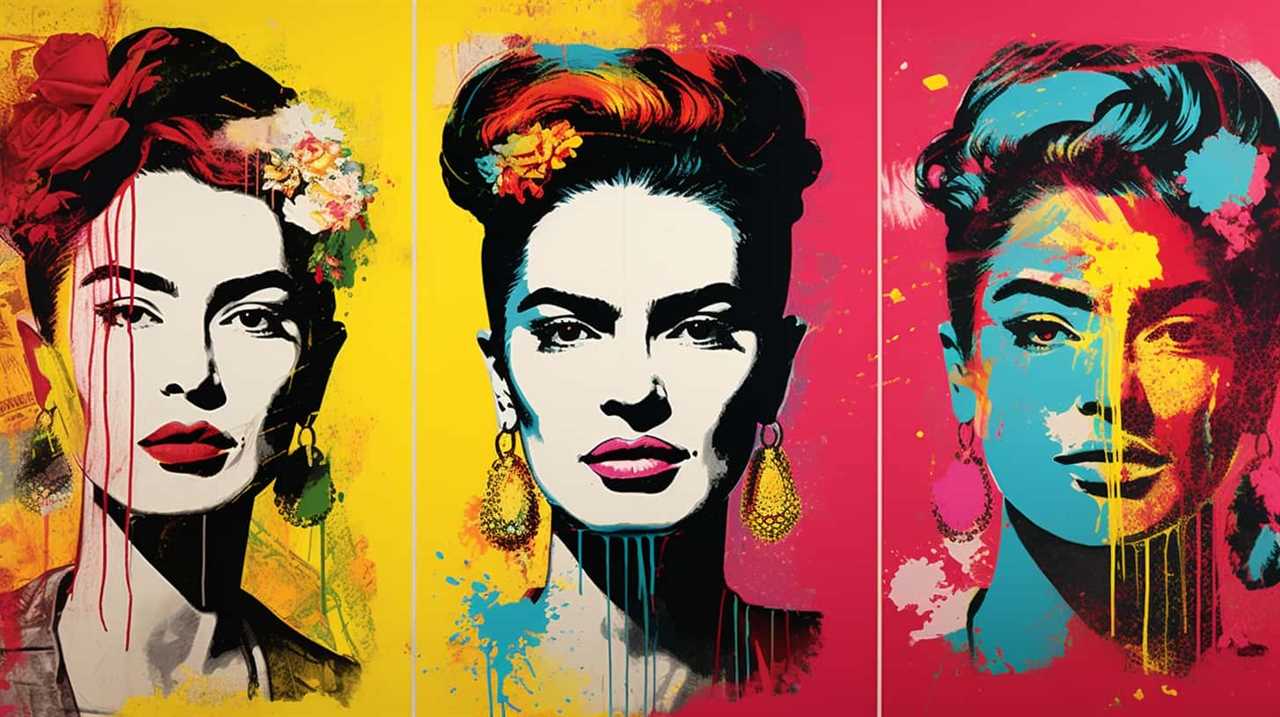In this compilation, we bring you the 9 top feminist art quotes from female artists. These impactful statements shatter boundaries, amplify women’s voices, and question gender stereotypes.
Through art, we wield a tool for feminist activism, redefining beauty standards and celebrating both femininity and strength. It is a response to the patriarchy, an artistic defiance that inspires change through creativity.
As female creators, our collective vision seeks liberation and equality. We invite you to explore the profound words and artistic perspectives of these trailblazing women, as they remind us of the transformative power of art in the fight for a more inclusive and just world.
Together, we can shape a future where our voices are heard and our stories are seen.
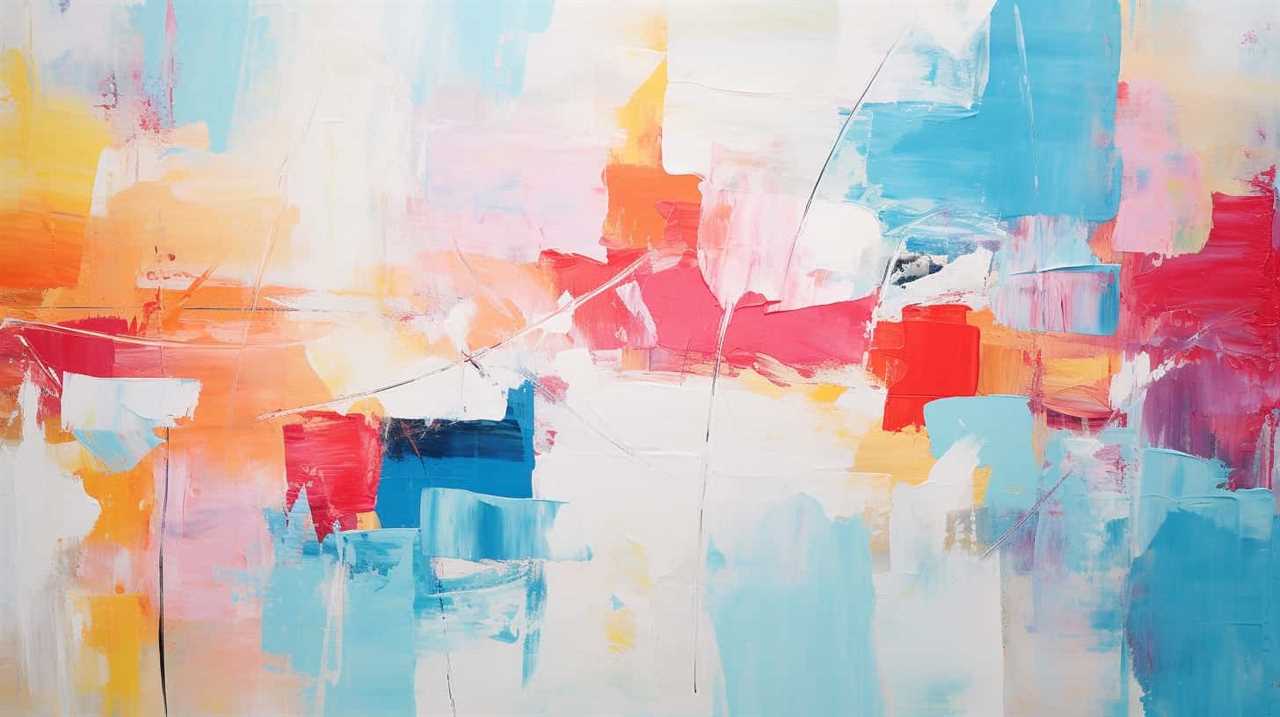
Key Takeaways
- Female expression in art challenges societal norms and redefines gender roles.
- Art serves as a powerful tool for breaking barriers and demanding change.
- Art uplifts and amplifies the voices of marginalized communities, including women.
- Empowering women’s voices through art contributes to a more inclusive society and the fight for gender equality.
The Power of Female Expression
Female expression holds immense power in shaping narratives, challenging norms, and inspiring change. The realm of female creativity has always been a catalyst for artistic liberation and social transformation. Throughout history, women artists have utilized their unique perspectives and experiences to challenge the status quo and pave the way for a more inclusive and equal society.
Female artists have long used their creativity to challenge societal expectations and redefine traditional gender roles. They’ve boldly explored themes related to femininity, sexuality, and identity, sparking conversations and provoking thought. From Frida Kahlo’s powerful self-portraits that depicted her pain and resilience, to Yayoi Kusama’s immersive installations that explore the concept of infinity, female artists have used their artistic expressions to dismantle patriarchal structures and advocate for the rights and autonomy of women.
Moreover, female expression has been instrumental in breaking down barriers and inspiring change. Through their artworks, women artists have given voice to marginalized communities, shedding light on their lived experiences and advocating for social justice. Artists like Faith Ringgold, with her powerful quilts highlighting the struggles of African American women, and Judy Chicago, with her iconic installation ‘The Dinner Party,’ have challenged societal norms and pushed for a more inclusive art world.
Breaking Barriers Through Art
Art has long served as a powerful tool for breaking barriers and challenging societal norms. Through their creations, artists have been able to resist oppressive systems and empower marginalized voices.
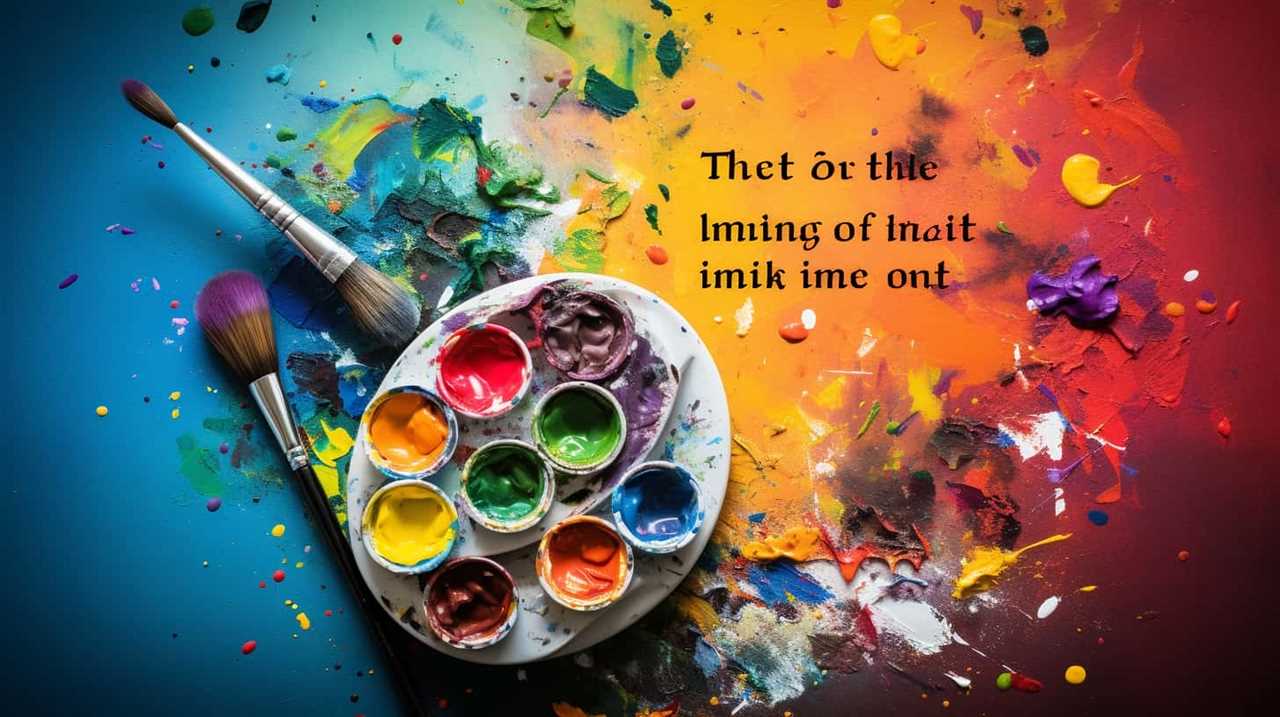
Art as Resistance
We believe that using our creativity to challenge societal norms and push boundaries is a powerful way to break down barriers and promote feminist ideals.
Art as protest allows us to reclaim female narratives and challenge the dominant patriarchal systems that have silenced women throughout history.
Through our artwork, we can express our discontent with the status quo and demand change.
By visually representing our experiences and perspectives, we can create a collective consciousness that resonates with others and inspires action.

Art serves as a platform for marginalized voices to be heard, allowing us to challenge power structures and advocate for equality.
It empowers us to resist oppressive systems, disrupt the norm, and create a space for marginalized voices to be acknowledged and celebrated.
With this in mind, let’s now explore the next subtopic of empowering marginalized voices.
Empowering Marginalized Voices
Through our artwork, we aim to uplift and amplify the voices of marginalized communities, breaking down barriers and fostering inclusivity. Art has the power to deconstruct stereotypes and challenge societal norms, allowing us to reclaim narratives that have been historically silenced or misrepresented.
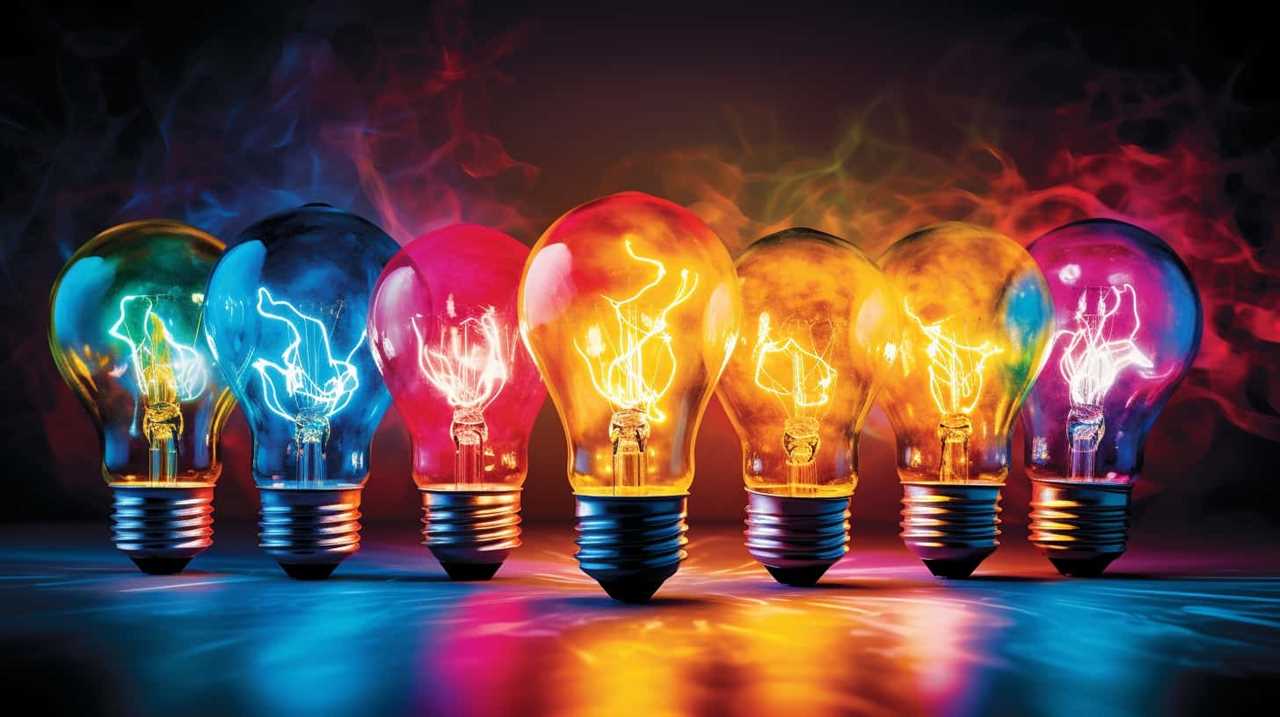
By creating art that highlights the experiences and struggles of marginalized individuals, we can challenge the dominant narratives and bring attention to the voices that have been marginalized and overlooked. Our art serves as a platform for these voices to be heard and validated, creating space for dialogue and understanding.
Through our work, we aim to dismantle oppressive structures and create a society that embraces diversity and empowers all individuals. As we continue to uplift marginalized voices, we also recognize the importance of empowering women’s voices in the fight for gender equality.
Empowering Women’s Voices
Empowering women’s voices is crucial in the fight for gender equality. By amplifying marginalized female voices, we challenge the patriarchal power structures that have historically silenced women.
Through art, female creators have the opportunity to express their experiences, perspectives, and truths, creating a space for their voices to be heard and acknowledged.
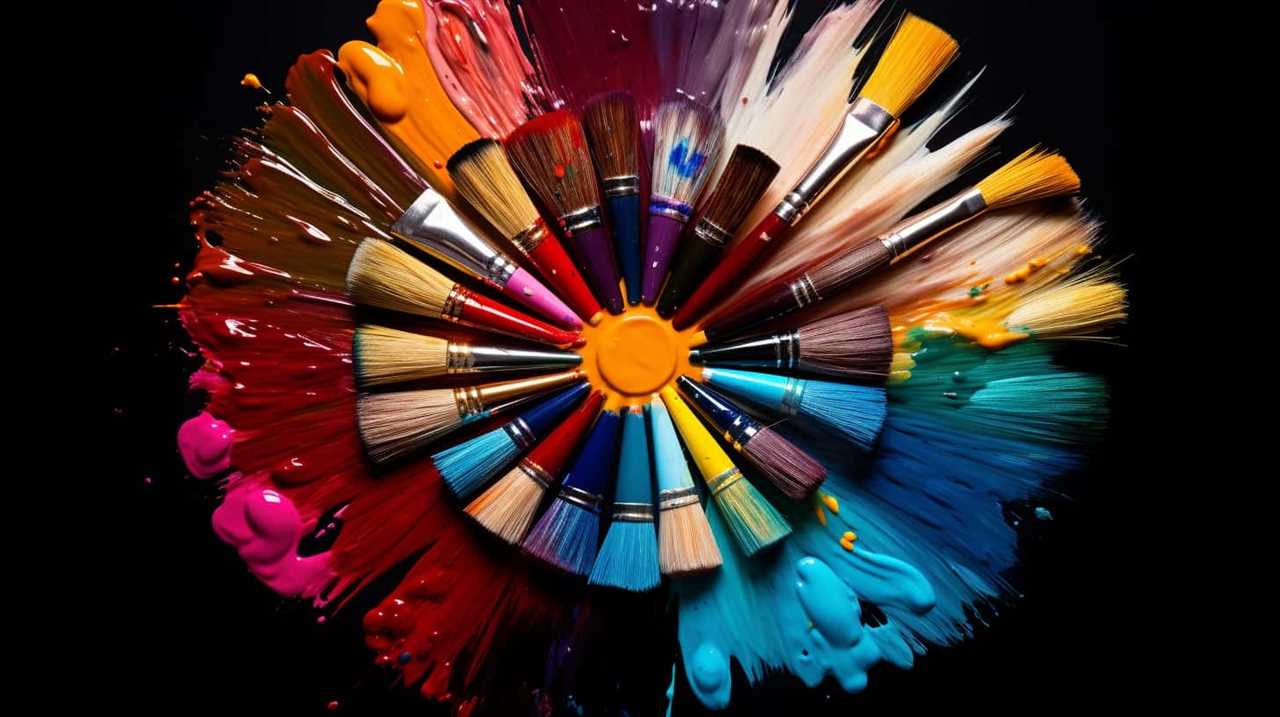
This process not only empowers individual women but also contributes to the collective movement towards a more inclusive and equitable society.
Amplifying Marginalized Female Voices
As we explore the topic of amplifying marginalized female voices, it’s important to acknowledge the power of art in giving voice to the experiences and perspectives of women who’ve been historically marginalized. Art has always served as a catalyst for social change, and in the realm of feminism, it plays a crucial role in amplifying the voices of marginalized women.
- Intersectional feminism: Art has the ability to highlight the intersecting identities and experiences of marginalized women, such as race, class, sexuality, and disability. It provides a platform for these voices to be heard and understood in a society that often overlooks their struggles.
- Art as a catalyst for social change: Through various mediums such as painting, sculpture, photography, and performance, artists can challenge societal norms and provoke thought and discussion. Art has the power to challenge oppressive systems and push for social transformation, creating a space for marginalized women to reclaim their narratives and challenge the status quo.
- Empowering through representation: Art allows marginalized women to see themselves reflected in a positive and empowering light. By representing their experiences, struggles, and triumphs, art provides validation, empowerment, and a sense of solidarity for marginalized women, inspiring them to embrace their identities and advocate for change.
Challenging Patriarchal Power
Our journey towards empowering women’s voices begins with recognizing the power of art to challenge patriarchal power structures. In a society that often silences and marginalizes women, art becomes a vital tool for resistance and change.
Feminist artists have been at the forefront of deconstructing masculinity and subverting traditional narratives that uphold patriarchal norms. Through their artwork, these creators challenge the dominant power dynamics by questioning and critiquing traditional notions of gender roles. They expose the harmful effects of patriarchy on women’s lives and seek to dismantle it through their artistic expression. By deconstructing masculinity, they challenge the idea that power and dominance are inherently male traits, and instead, promote a more inclusive and equitable society.
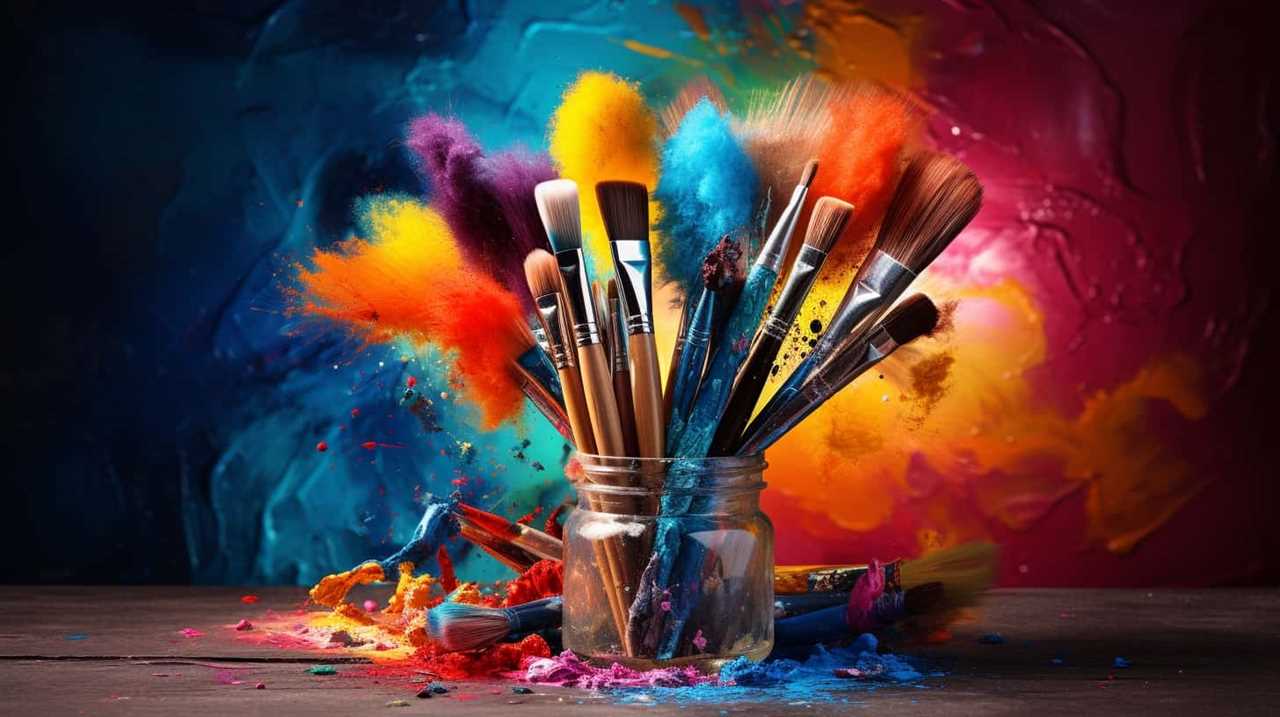
Moreover, feminist artists subvert traditional narratives that perpetuate patriarchal ideals. They create alternative stories and representations that reflect the diverse experiences and perspectives of women. Through their art, they amplify the voices of those who’ve been historically silenced and marginalized.
In this way, art becomes a powerful tool for empowerment, allowing women to reclaim their narratives and challenge the oppressive structures that limit their voices and agency. By challenging patriarchal power, feminist art not only creates space for women’s voices to be heard but also inspires and empowers others to question and dismantle oppressive systems.
Challenging Gender Norms
Although gender norms are deeply ingrained in society, we challenge them through our art and creative expression. Our work serves as a powerful tool to explore and dismantle stereotypes, while promoting inclusivity in all its forms.
- Deconstructing Stereotypes: Our art actively challenges the rigid gender roles and expectations placed upon individuals. Through visual representation, we expose the limitations and falsehoods of these stereotypes, inviting viewers to question their validity.
- Reimagining Gender: We use our creative platforms to reimagine gender beyond the binary. By showcasing diverse identities and experiences, we seek to create a more inclusive and accepting society. Our art celebrates the fluidity and complexity of gender, highlighting the beauty of authenticity.
- Empowering Marginalized Voices: Our work amplifies the voices of marginalized individuals, providing a platform for their stories and experiences. By centering these narratives, we challenge the dominant narrative and reclaim power for those who’ve been silenced.
Through our art, we strive to break free from the confines of gender norms, challenging societal expectations and promoting a more liberated world. Our creations serve as catalysts for change, encouraging dialogue, empathy, and understanding. By exploring stereotypes and promoting inclusivity, we aim to dismantle the oppressive structures that limit individual expression and freedom.
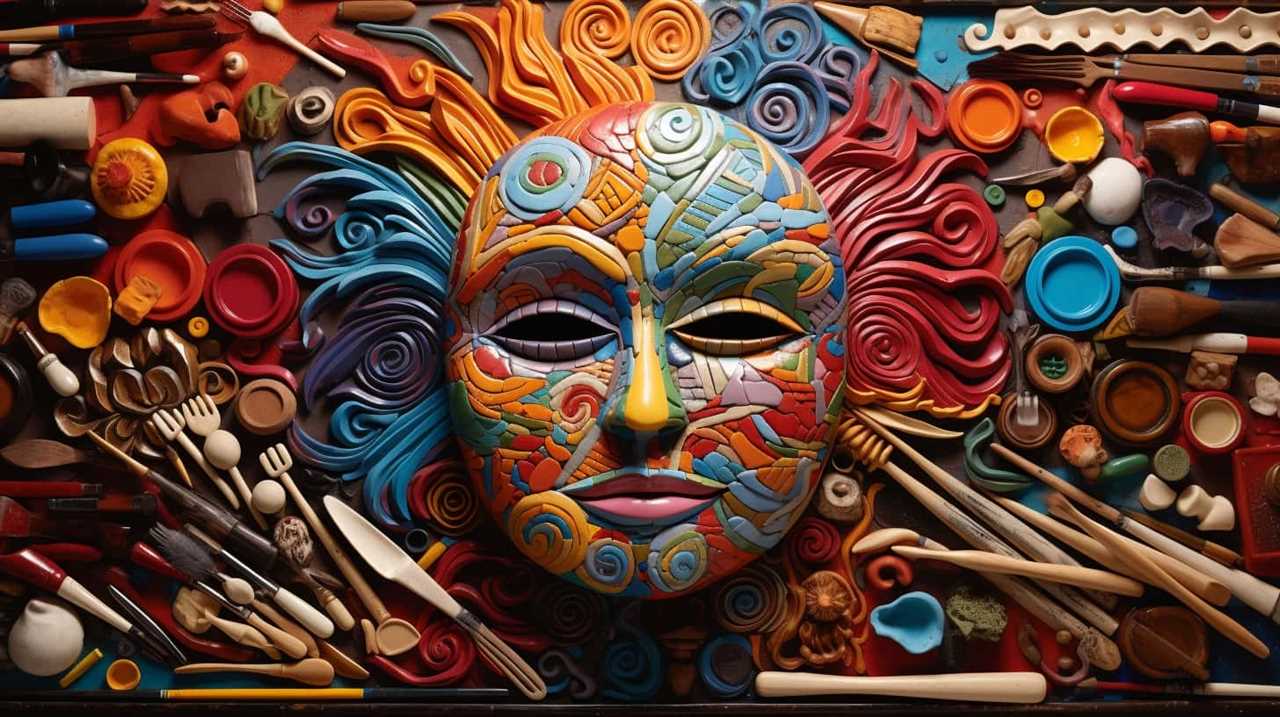
Art as a Tool for Feminist Activism
By harnessing the power of our creative expressions, we utilize art as a transformative tool for feminist activism. Artistic activism is a powerful and influential form of resistance that has been at the forefront of feminist art movements throughout history. Through various mediums such as painting, sculpture, performance, and digital art, feminist artists have challenged societal norms, sparked conversations, and instigated change.
Feminist art movements emerged in the 1960s and 1970s as a response to the male-dominated art world and the marginalization of women artists. Artists like Judy Chicago, Faith Ringgold, and Guerrilla Girls used their work to confront issues of gender inequality, reproductive rights, and sexual violence. Their art served as a platform for activism, allowing them to express their frustrations, raise awareness, and advocate for social justice.
Artistic activism continues to thrive today, with artists using their creative talents to challenge oppressive systems and advocate for gender equality. The power of art lies in its ability to evoke emotions and engage audiences on a deep and personal level. By creating thought-provoking and visually striking works, artists can inspire dialogue, challenge societal norms, and empower individuals to take action.
Redefining Beauty Standards in Art
Feminist artists challenge traditional beauty standards in art to promote inclusivity and empower diverse perspectives. By redefining societal standards, they aim to break free from the narrow constraints that have long dictated what’s considered beautiful. Through their artwork, they promote body positivity and embrace the beauty of all shapes, sizes, colors, and abilities.

- Embracing Diversity: Feminist artists strive to represent a diverse range of bodies in their work, challenging the notion that beauty is limited to a specific ideal. They depict individuals of different races, genders, ages, and body types, celebrating the uniqueness and beauty of each person.
- Rejecting Unrealistic Expectations: These artists reject the unrealistic and often harmful expectations placed on individuals to conform to societal beauty standards. They critique the media’s portrayal of beauty and question the narrow definitions of attractiveness that have been perpetuated for centuries.
- Empowering Self-Acceptance: By showcasing a variety of bodies in their art, feminist artists encourage viewers to embrace their own bodies and develop a positive relationship with themselves. They promote self-acceptance and challenge the notion that one’s worth is tied to their appearance.
Through their work, feminist artists inspire us to question and redefine beauty standards, promoting a more inclusive and empowering society. They remind us that beauty comes in all forms and that everyone deserves to be celebrated.
Celebrating Femininity and Strength
How can we celebrate the power and resilience of femininity in art? One way is by exploring femininity through art and embracing the diversity of female artists. By doing so, we can challenge traditional notions of femininity and highlight the strength and beauty that comes with being a woman.
| Column 1 | Column 2 | Column 3 |
|---|---|---|
| Artists have long been using their work to explore and celebrate femininity. Through their art, they challenge societal norms and expectations placed on women. They depict women as strong, powerful, and resilient beings. | "Femininity is not just about being delicate and fragile. It is about strength, courage, and resilience." – Frida Kahlo | Female artists have the unique ability to capture the essence of femininity in their work. They embrace the diverse experiences of women and showcase the strength that comes from embracing one’s own identity. |
| Art has the power to inspire and empower. When we see representations of femininity that celebrate strength and resilience, it encourages us to embrace our own power as women. It reminds us that we are capable of so much more than society may lead us to believe. | "Art has always been a powerful tool for celebrating femininity and strength. It allows us to challenge the status quo and redefine what it means to be a woman." – Yayoi Kusama | By embracing diversity in female art, we ensure that all women’s experiences are represented and celebrated. This allows for a more inclusive and empowering narrative of femininity to emerge. |
Artistic Responses to Patriarchy
Through art, we can challenge patriarchal structures and norms that perpetuate inequality and oppression. The feminist art movement has provided a platform for artists to express their thoughts and experiences, exploring gender identities and critiquing the patriarchy. Here are three ways in which artists have responded to patriarchy through their art:
Deconstructing stereotypes: Artists have used their work to challenge traditional gender roles and stereotypes imposed by society. By portraying women as strong and empowered individuals, they break away from the limiting narratives that confine women to submissive and passive roles.
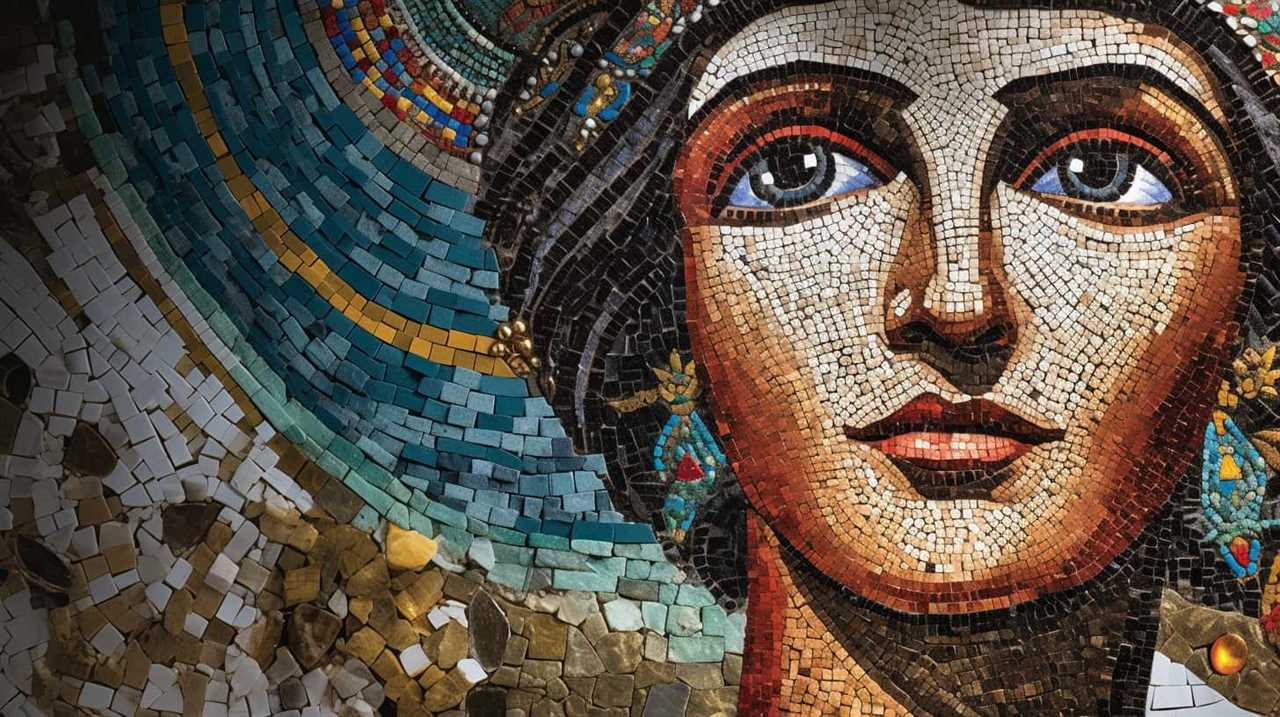
Exposing systemic violence: Art can serve as a powerful tool to bring attention to the violence and abuse perpetuated by patriarchal systems. Artists have shed light on issues such as domestic violence, sexual assault, and gender-based discrimination, creating a space for dialogue and raising awareness.
Reclaiming the female body: The female body has long been objectified and commodified by patriarchal societies. Artists have reclaimed the female form, celebrating its diversity and beauty, while challenging the male gaze and reclaiming agency over one’s own body.
Inspiring Change Through Creativity
By harnessing the power of art, we can ignite transformative change. Artistic activism and the use of creativity as a tool for social change have the potential to challenge societal norms and inspire individuals to take action. Artists throughout history have used their creative expression to shed light on important social issues and provoke conversations that lead to change. Through their art, they’ve the ability to reach a wide audience and evoke emotions that can motivate people to question the status quo and strive for a more just and equitable society.
Artistic activism goes beyond traditional forms of protest and advocacy. It combines the power of art with the intention of creating social impact. Whether it’s through visual arts, music, dance, or performance, artists have the unique ability to communicate complex ideas and evoke empathy in ways that traditional activism may not always achieve. By tapping into the creative process, artists can challenge dominant narratives, amplify marginalized voices, and inspire individuals to imagine new possibilities for the future.
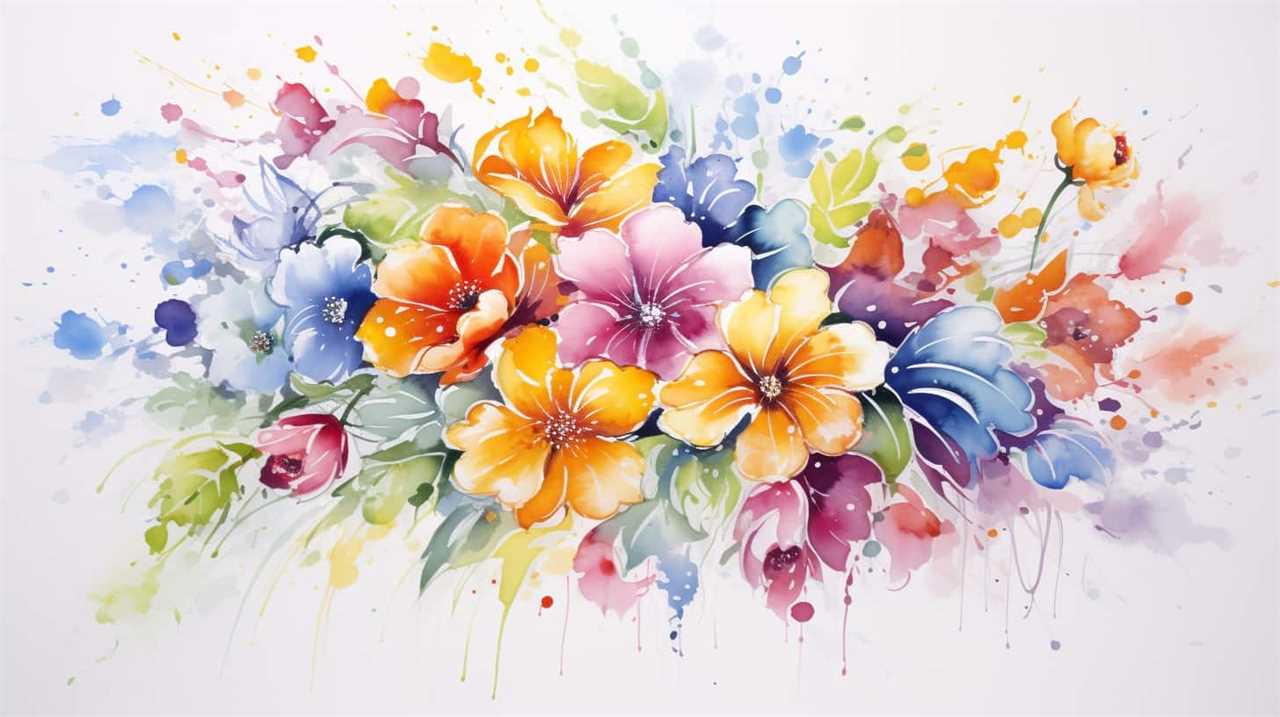
Creativity and social change are intrinsically linked. Through innovative and imaginative approaches, artists can reimagine existing systems and structures, offering alternative visions of what’s possible. By challenging societal norms and highlighting the experiences of marginalized communities, artists can contribute to the dismantling of oppressive systems and inspire individuals to actively engage in creating a more inclusive and equitable society. Art has the power to touch hearts and minds, and it’s through this emotional connection that transformative change can occur.
Frequently Asked Questions
How Can Art Be Used as a Tool for Feminist Activism?
Art is a powerful tool for feminist activism, allowing us to challenge societal norms and express our experiences. It plays a crucial role in promoting gender equality and exploring the intersection of art and feminism in contemporary society.
What Are Some Examples of Feminist Artists Challenging Gender Norms Through Their Work?
Feminist artists challenge gender norms through their work by using art as a tool for activism. They redefine beauty standards, empower women’s voices, and inspire change. Examples of feminist art challenging gender norms abound, highlighting art’s role in social activism.
How Does Art Empower Women’s Voices and Contribute to Their Visibility?
Art empowers women’s voices and contributes to their visibility by providing a platform to challenge societal norms and express their experiences. Feminist art has a profound impact on changing perceptions and attitudes towards women, promoting liberation and equality.
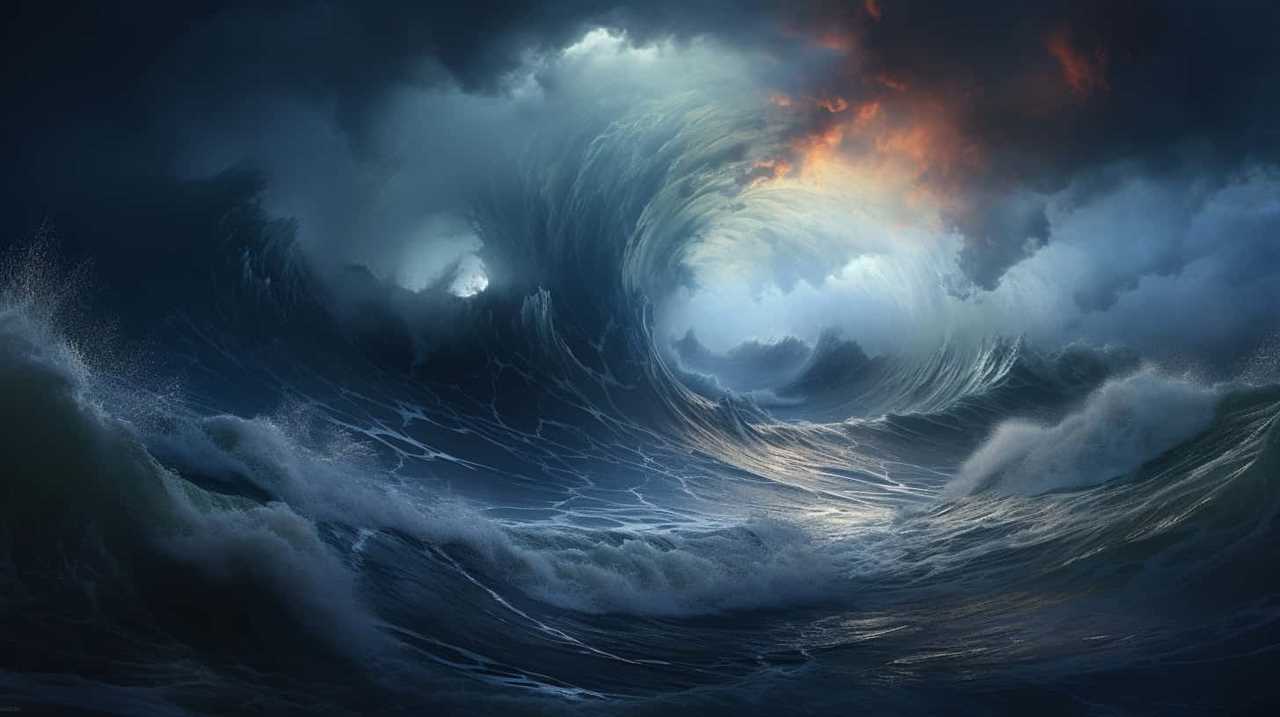
In What Ways Can Art Inspire Change and Contribute to Social Activism?
Art has the power to inspire change and play a significant role in social activism. Through its creative expression and ability to evoke emotions, art can challenge societal norms, raise awareness, and empower marginalized voices, contributing to a more inclusive and just world.
Can You Provide Examples of Feminist Artists Redefining Beauty Standards in Their Artwork?
Feminist artists celebrate diversity by embracing different body types in their work, challenging traditional notions of attractiveness, and redefining beauty. Through their artwork, they inspire change and contribute to social activism.
How Can Feminist Art Quotes by Female Creators Inspire and Empower Women?
Feminist art quotes from today’s female art voices can inspire and empower women by shedding light on important social and political issues. These empowering messages serve as a reminder of the strength and resilience of women, encouraging others to speak out and embrace their own creative expression.
Conclusion
In conclusion, the power of feminist art can’t be underestimated. It serves as a platform for female expression, breaking barriers, and empowering women’s voices.
Through challenging gender norms and confronting patriarchy, feminist art inspires change and sparks important conversations.
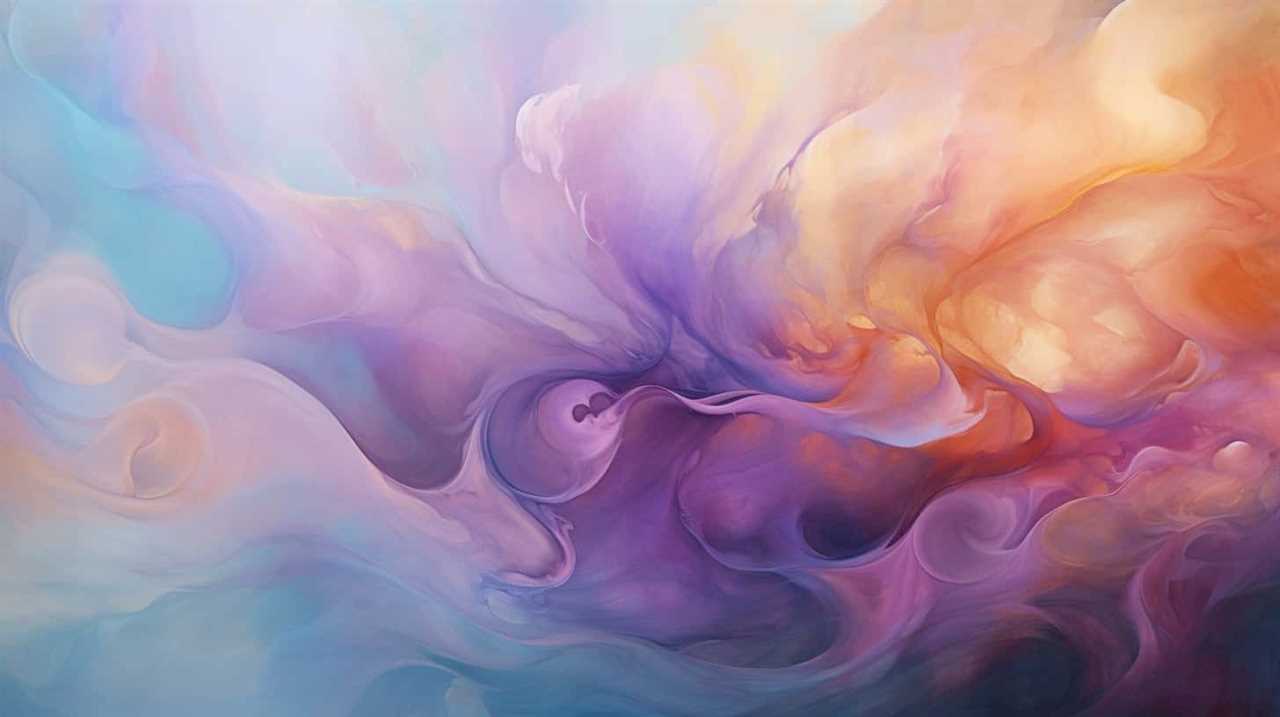
One striking statistic to consider is that according to a recent study, female artists make up only 13% of artwork displayed in major museums. This staggering number highlights the urgent need for more representation and recognition of female creators in the art world.
Lauren’s talent in writing is matched by her passion for storytelling. Her love for books and deep understanding of culture and entertainment add a distinct flavor to her work. As our media and press contact, Lauren skillfully bridges the gap between afterQuotes and the broader media landscape, bringing our message to a wider audience.
